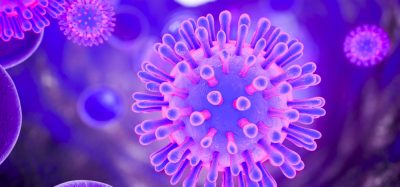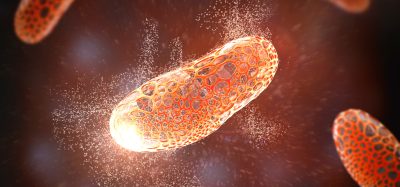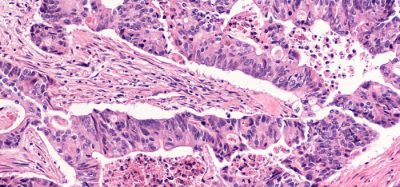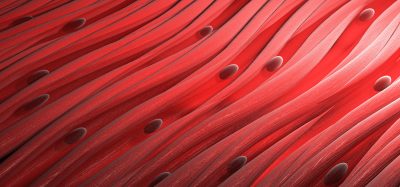Novel compounds show efficacy against C. diff
Posted: 28 September 2020 | Hannah Balfour (Drug Target Review) | No comments yet
Researchers have developed two novel trifluoromethylthio compounds which showed potent activity in protecting mice from Clostridioides difficile (C. diff) infection.
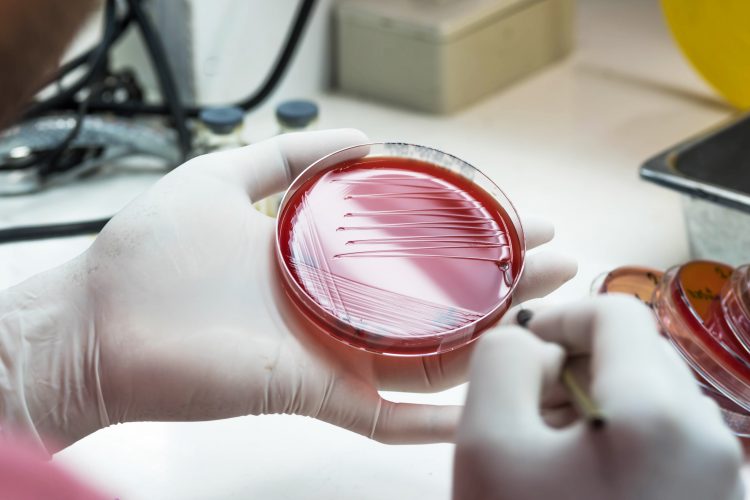
Clostridioides difficile (C. diff) is one of only four bacteria considered to be an urgent threat by the US Centers for Disease Control and Prevention (CDC). This is because the two US Food and Drug Administration (FDA) antibiotics currently approved to treat it both (vancomycin and fidaxomicin) have high rates of treatment failure and infection recurrence. As a result, new antibacterial therapies with efficacy against C. diff and novel mechanisms of action are in high demand.
In a study published in the Journal of Medicinal Chemistry, researchers from Purdue University, US, show how their trifluoromethylthio compounds altered with halogen substitutions protected mice from infection by C. diff. more effectively than vancomycin.
“Our compounds have several advantages, including ultrapotent activities with minimum inhibitory concentration values as low as 0.003 μg/mL,” said Herman Sintim, the Drug Discovery Professor of Chemistry in Purdue’s Department of Chemistry. “Our compounds also do not kill good bacteria at concentrations that kill C. diff and performed significantly better than current antibiotics in preventing recurrence. These are significant advantages for patients dealing with this difficult bacterial infection.”
The most promising of the Purdue compounds is HSGN-218, which Sintim said has been shown to be one of the most potent compounds ever produced for use against C. diff.
“This is part of our work to create new solutions to treat diseases and infections that are resistant to current treatment options,” said Sintim, who is a member of the Purdue University Center for Cancer Research and the Purdue Institute for Drug Discovery. “This work provides a potential clinical lead for the development of C. diff therapeutics and also highlights dramatic drug potency enhancement via halogen substitution.”
The compounds have been patented through the Purdue Research Foundation Office of Technology Commercialization, which is looking for partners to advance the technology.
Related topics
Antibiotics, Drug Development, Drug Discovery, Drug Leads, In Vitro, In Vivo, Therapeutics
Related conditions
bacterial infection
Related organisations
Purdue Research Foundation, Purdue University
Related people
Herman Sintim




